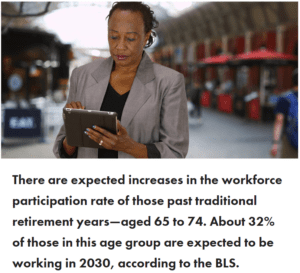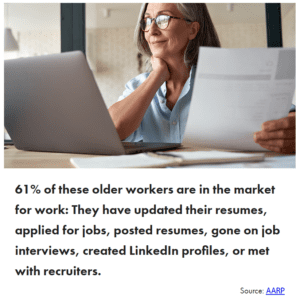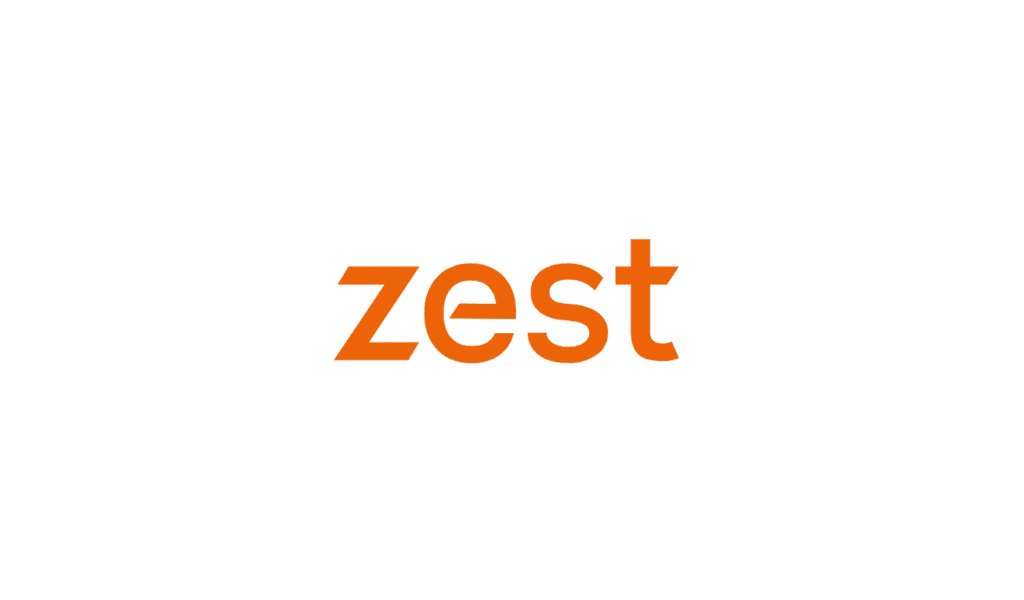Employees working past retirement age can help alleviate staffing shortages, but HR must consider how to adequately meet their needs.
By Jessica Tuman
Recent jobs reports show that the employment market still is strong, which generally means that there are more openings than job seekers, leading to a labor shortage in many industries. For these reasons, HR professionals and leaders in 2023 will not only be concerned about hiring top talent, but about retention, as well.
A recent research paper commissioned by Voya Cares® and Easterseals points to a key segment of the labor force that HR professionals should work to attract and retain: Employees who are working past their typical retirement age, often called “Employment Extenders.” These workers offer a unique depth of experience, knowledge, and professional capacity, and can also serve as mentors to younger and new employees.
The Bureau of Labor Statistics (BLS) estimates that over the next decade, the labor market will continue to age, with the greatest growth coming from workers aged 55 and over. Additional increases are expected in the workforce participation rate of those past traditional retirement years—aged 65 to 74. About 32% of those in this age group are expected to be working in 2030, compared to 27% in 2020 and 19% in 2000.
But that does not mean that older workers will stay in their current roles. According to AARP, 61% of these workers surveyed have updated their resumes, applied for jobs, posted resumes, gone on job interviews, created LinkedIn profiles, or met with recruiters. As the skilled labor shortage continues, respondents who took some type of training (54%) cited keeping current skills up-to-date and developing new ones as the top reasons.
This shift in the age of workforces indicates a paradigm shift for many HR leaders: Instead of encouraging their aging workforce to retire “on time,” HR may start suggesting to older employees to continue their employment past the generally recognized retirement timeframe. Organizations that prioritize the hiring and retention of employment extenders may have an advantage over their competitors who are slow to change.
Recognizing Unique Needs
The first step in both attracting and retaining these workers is recognizing the unique financial needs of this group.
Older workers have added streams of income that younger employees don’t.
- Those who have retired and returned to work may have a pension.
- Older employment extenders also may be collecting required minimum distributions from a tax-deferred retirement plan.
- Others may be collecting social security payments.
All of these income streams may not be needed in addition to receiving a salary. There should be a plan to reallocate this income to retirement savings.
These workers also have much more imminent needs in certain areas. As life expectancy increases, more retirement savings need to be accumulated over a shorter period of time. Only 37% are planning to be sure they do not outlive their savings and will need education on ways to do that, including using catch-up contributions.
In addition, the likelihood that care or a caregiver is needed is much more imminent, yet only 25% are planning for that almost-certain outcome. They need to ensure that there are sufficient resources to cover these long-term care costs.
Positioning Benefits
HR professionals are well positioned to take the lead in understanding how existing employee benefits can help meet the needs of employment extenders.
Voya research points to the biggest needs that employers can help with: providing education around transitioning to retirement (59%); maximizing benefit dollars across health and wealth benefits (54%); and estimating income needs in retirement (53%).
Employers may not need to offer unique or unusual benefits, but rather they may need to provide unique positioning and education around how existing benefits apply to their unique needs. Some of the benefits survey respondents expressed interest in include the following.
- Health savings accounts (HSA). Unlike a family with young children that would use an HSA as an account for immediate medical expenses, HSAs can be used by older workers to carry over savings into retirement for medical expenses. Messaging around HSAs and how they can be used should center around estimating income needs in retirement, including future healthcare costs, which more than half of the participants said they want help with. It’s important to note, however, that once medical coverage under Medicare is used, contributions to an HSA can’t be made.
- Guaranteed stream of income. Fifty-five percent of respondents said they are interested in a guaranteed stream of income to ensure they do not outlive their savings. At the same time, education around available options needs to be provided.
- Emergency savings. More than half of respondents are interested in emergency savings accounts in their workplace to help keep saving for retirement on track, even in times of financial difficulties.
- Caregiver support and resources. To assist in the need for care, one-third of respondents expressed interest in comprehensive planning resources and support for caregivers, such as a caregiving concierge service provider.
- Supplemental life and health benefits. Older employees also may be interested in voluntary benefits, including life, critical illness, disability income, and long-term care insurance. Some respondents are planning for increased medical care needs and disability: A little more than one third are planning for being physically unable to continue to work, and about another third are planning to cover the costs of providing ongoing medical care. As they age, buying these supplemental life and health products on the open market becomes more difficult and expensive. Purchased through their employer, this type of life and health coverage is easier to access, more affordable, and may be convertible or portable to keep in place when they are ready to retire.
By putting measures in place to support their older workers, HR leaders can benefit through retention and save on the cost of recruiting, onboarding, and training a new employee. In addition, these benefits are universal in their appeal and will benefit all employees. The time is now to recognize the value that older employees can offer as workers, colleagues, and mentors.
Jessica Tuman is vice president of the Voya Cares® Center of Excellence at Voya Financial.
Neither Voya® nor its affiliated companies or representatives provide tax or legal advice. Please consult a tax adviser or attorney before making a tax-related investment/insurance decision.
















